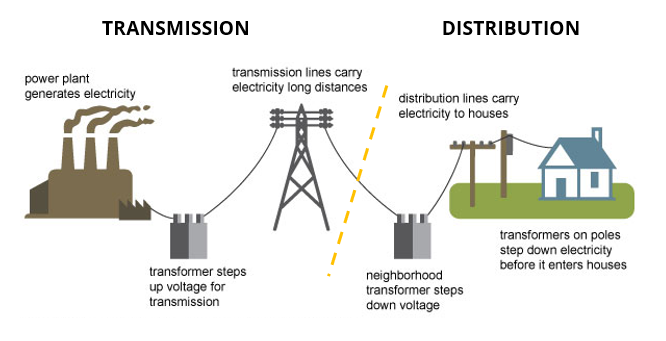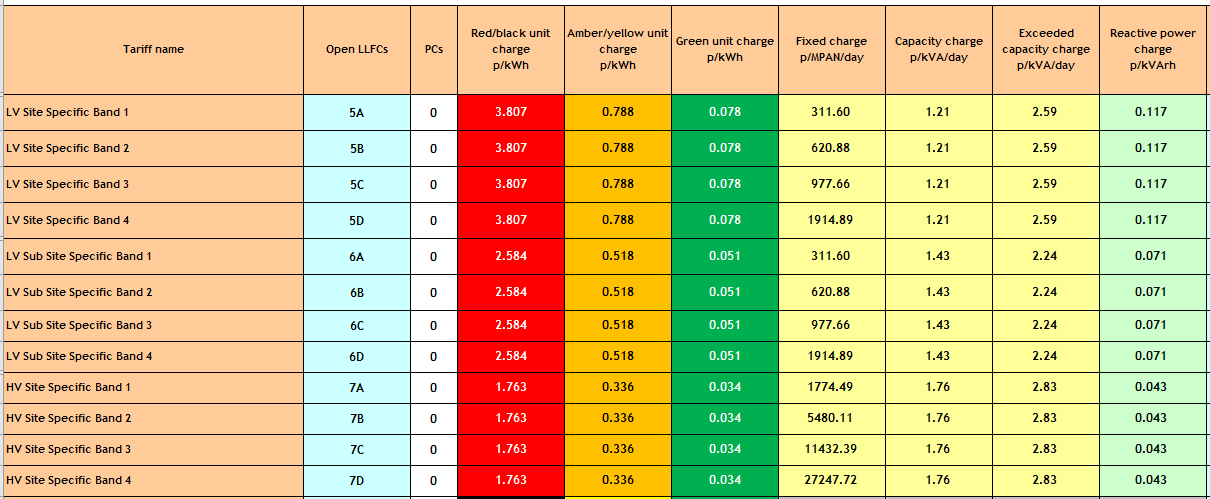Sigma Online User Manual
Network Charge EDI Validation
This page gives an introduction to Network Charging and applies to Electricity EDI Billing Files only.
There are 10 Validators that can be activated. but by default, they are switched off.
For more information on switching on and managing the Validation, click on the below links:
Pre Recorded Session
**Click here for a pre recorded training session for additional help and guidance - Targeted Charge Review
Network Charging Introduction
Background
Network charging refers to the cost of running the "grid" - specifically the cost of transporting electricity from the point of generation to the point of use (i.e. meters in a building).
Network charging covers both the Transmission and Distribution networks. The main difference between transmission and distribution power lines is that transmission power lines are for long-distance, high-voltage electricity transportation, whereas distribution power lines are for shorter distances and lower voltage electricity transportation. This is depicted in the picture below.
The Network Charge EDI Validation in Sigma focuses on the distribution charges, and there are a number of validators that can be configured to check that the distribution charges are being billed correctly based on industry published rates.
The distribution network is managed by a number of different Organisations across the UK, the key ones being as per the image below. These Organisations are known as the Distribution Network Operators (DNOs) - they are responsible for the maintenance and upkeep of the distribution network in their respective areas. The DNOs recover the cost of running their parts of the network by levying charges to the Electricity Supplier based on the MPANs they are supplying. These charges are subsequently passed onto the end consumer in some form through the ongoing Periodic electricity billing from the Supplier.
Charges
As a consumer, whether you see these charges will depend on the Tariff which you are signed up to with your Supplier. A fully inclusive Tariff (e.g. Day/Night rate, standing charge and CCL) will have the non-energy costs bundled into the unit rate so the individual charge breakdown relating to the additional components, like distribution charging, will not be visible. A flexible Tariff will more than likely have the different elements itemised as the individual charges – the charges levies by the industry may likely be “pass-through” i.e. the supplier charges you exactly what they have been charged by the DNO.
Typically, if distribution charges are being itemised on a bill, they will look like all or a combination of the following:
- Red / Amber / Green Charges - Time of Use consumption charging (p/kWh)
- Fixed Charge - a standing charge (p/MPAN/day)
- Capacity Charge - paying for the privilege of a maximum available supply capacity (ASC) from the grid at any one time (p/kVA/day)
- Excess Capacity Charge - a penalty charge which is levied if a Supply consumes more than its allotted ASC within a given period (p/kVA/day as per the excess capacity used)
- Reactive Power Charge – the difference between the electricity supplied and amount of power that can be used (p/kVArh)
The rates applicable within a distribution area for the above charge types are published (usually annually with a start date of 1st April) in what are known as LC14 Charging Statements. The rates applicable to a given MPAN are governed by:
- Connection Type - (e.g. Low Voltage, High Voltage, Extra High Voltage)
- Size of the Supply (i.e. the Agreed Supply Capacity)
Based on this combination, a Supply Point is assigned a Line Loss Factor (LLF), which forms part of an MPANs Top Line (this will usually appear as an S Number on a bill, like the image below). The Line Loss Factor corresponds with the rates that will be levied against the supply, where the greater the size of Supply and higher voltage connection type, the higher the unit rates that will be applicable, particularly the Fixed Standing Charge.
An example schedule of rates from the Northern Powergrid for the Yorkshire areas (MPANS starting with 23) are:
You will notice that the main rate that changes is the Fixed Charge (p/MPAN/day) - the increment between each band is significant. Here, each band will relate to the Agreed Supply Capacity (e.g. Band 1 may be 0 - 80kVA, Band 2 81 - 150 kVA and so on).
Sigma maintains all these rates as published by each of the DNOs (both current and historical), for the purpose of checking the distribution charges that have been billed.
Note, Sigma can only do this where the DUoS charges (i.e. RAG / Fixed, Capacity etc.) are individually itemised on the EDI bill for Sigma to check.
Where a Bill does not contain the granular breakdown (e.g. simple fixed tariff with Day/Night Unit rate ant Standing charge), Sigma cannot do any validation as the information is not available to validate.
@ Copyright TEAM - Energy Auditing Agency Limited Registered Number 1916768 Website: www.teamenergy.com Telephone: +44 (0)1908 690018



